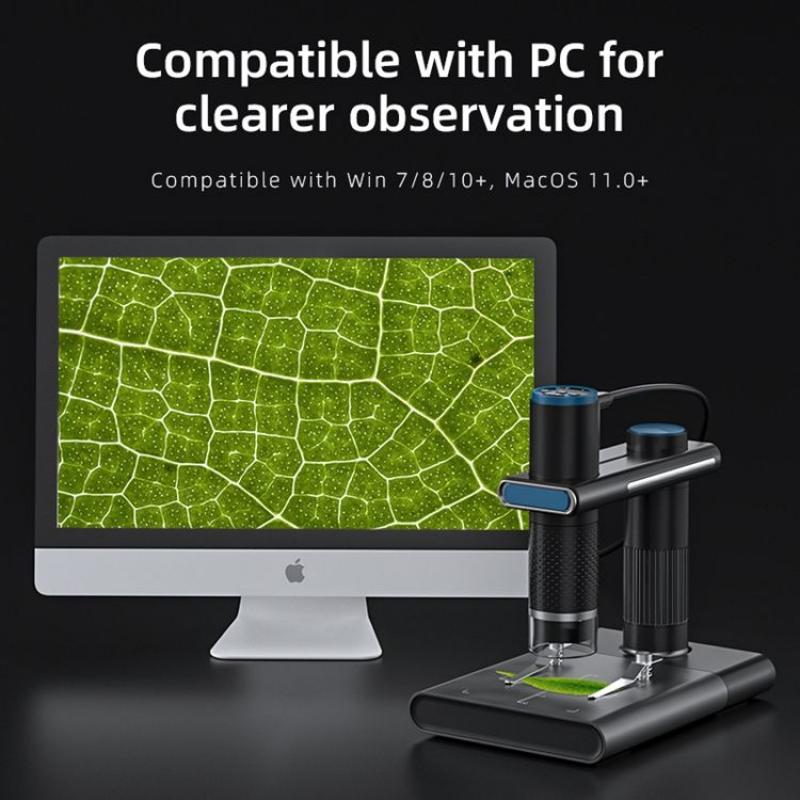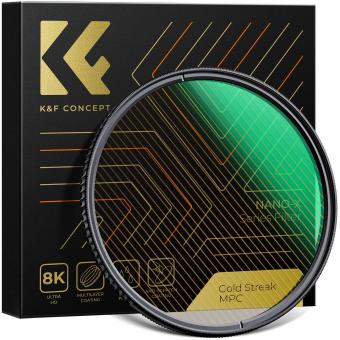What Does Gold Look Like Under A Microscope ?
Under a microscope, gold appears as a shiny, metallic yellow material. Its surface is typically smooth and reflective, with a distinct luster. The microscopic view of gold reveals its crystalline structure, consisting of closely packed atoms arranged in a regular pattern. The individual gold crystals may vary in size and shape, but they often exhibit a geometric structure with well-defined facets. The high refractive index of gold gives it a unique appearance under the microscope, with light reflecting off its surface and creating a bright, golden glow. Overall, the microscopic examination of gold provides a closer look at its intricate structure and the characteristics that make it highly valued and sought after.
1、 Microscopic structure and crystal lattice of gold
Gold is a fascinating metal that has been admired for its beauty and value for centuries. When observed under a microscope, gold reveals intricate details about its microscopic structure and crystal lattice.
Gold is a noble metal, which means it is resistant to corrosion and oxidation. Its atomic structure consists of a face-centered cubic lattice, where each gold atom is surrounded by twelve neighboring atoms. This arrangement gives gold its characteristic metallic properties, such as high electrical conductivity and malleability.
Under a microscope, gold appears as tiny, reflective grains or flakes. These grains can vary in size and shape, depending on the method of preparation and the purity of the gold sample. The surface of gold grains may also exhibit irregularities, such as scratches or pits, which can provide insights into the history and processing of the gold.
Recent advancements in microscopy techniques, such as high-resolution electron microscopy, have allowed scientists to study the atomic arrangement of gold in even greater detail. These techniques have revealed that gold nanoparticles can exhibit unique properties due to their small size and high surface-to-volume ratio. For example, gold nanoparticles can exhibit different colors depending on their size and shape, a phenomenon known as plasmon resonance. This property has led to various applications in fields such as nanotechnology, medicine, and electronics.
In conclusion, when observed under a microscope, gold reveals its intricate microscopic structure and crystal lattice. The latest advancements in microscopy techniques have provided a deeper understanding of the atomic arrangement of gold and its unique properties at the nanoscale.

2、 Surface features and textures of gold under a microscope
Gold is a fascinating material that has captivated humans for centuries due to its lustrous appearance and rarity. When observed under a microscope, gold reveals a plethora of surface features and textures that further enhance its allure.
At a microscopic level, gold appears as a highly reflective and smooth surface. Its distinct yellow color is a result of the way it interacts with light, with the metal absorbing all colors of the spectrum except yellow. This unique property gives gold its characteristic hue, which is further intensified when viewed under a microscope.
Under higher magnification, the surface of gold reveals intricate textures and patterns. These features are a result of the metal's crystalline structure, which consists of closely packed atoms arranged in a repeating pattern. The arrangement of these atoms gives rise to various surface imperfections, such as grain boundaries, dislocations, and surface steps. These imperfections contribute to the overall texture of gold and can be observed under a microscope.
Additionally, gold can exhibit fascinating surface phenomena, such as surface plasmon resonance. This phenomenon occurs when light interacts with the free electrons on the surface of gold, causing them to oscillate collectively. This collective oscillation results in the absorption and scattering of light, giving rise to unique optical properties. Under a microscope, this can manifest as localized areas of enhanced brightness or color, adding to the visual appeal of gold.
It is worth noting that advancements in microscopy techniques, such as scanning electron microscopy and atomic force microscopy, have allowed for even more detailed observations of gold's surface features. These techniques provide researchers with a deeper understanding of the metal's structure and behavior at the nanoscale.
In conclusion, when viewed under a microscope, gold exhibits a reflective and smooth surface, along with intricate textures and patterns. Its unique optical properties, such as surface plasmon resonance, further enhance its visual appeal. Continued advancements in microscopy techniques will undoubtedly uncover even more fascinating aspects of gold's microscopic world.

3、 Optical properties and color of gold at microscopic scale
Gold is a fascinating material that exhibits unique optical properties, especially when observed under a microscope. When examining gold at a microscopic scale, it appears as a lustrous, yellowish metal with a distinct metallic sheen. The surface of gold appears smooth and reflective, allowing it to reflect light in a specular manner.
Under a microscope, gold nanoparticles can be observed, which are tiny particles of gold with diameters ranging from a few nanometers to a few hundred nanometers. These nanoparticles can exhibit intriguing optical phenomena due to their size and shape. For instance, gold nanoparticles can exhibit a phenomenon called localized surface plasmon resonance (LSPR), which causes them to interact strongly with light of specific wavelengths. This interaction leads to the absorption and scattering of light, resulting in various colors depending on the size and shape of the nanoparticles.
The color of gold nanoparticles can range from red to purple, depending on their size. Smaller nanoparticles tend to appear red, while larger ones appear purple. This phenomenon is known as the "size effect" and is a result of the interaction between light and the collective oscillation of electrons on the surface of the nanoparticles.
Recent advancements in microscopy techniques, such as high-resolution transmission electron microscopy (HRTEM), have allowed scientists to study gold nanoparticles with unprecedented detail. HRTEM enables the visualization of individual gold atoms, providing insights into their arrangement and bonding within the nanoparticles. This level of understanding is crucial for tailoring the optical properties of gold nanoparticles for various applications, including sensing, imaging, and catalysis.
In conclusion, gold under a microscope appears as a lustrous, yellowish metal with a smooth and reflective surface. At the microscopic scale, gold nanoparticles exhibit unique optical properties, including the ability to display various colors due to localized surface plasmon resonance. Advancements in microscopy techniques have further enhanced our understanding of gold nanoparticles, enabling their precise manipulation and utilization in a wide range of fields.

4、 Impurities and inclusions in gold observed under a microscope
Gold, when observed under a microscope, reveals a fascinating world of impurities and inclusions that can provide valuable insights into its formation and characteristics. The appearance of gold under a microscope can vary depending on its purity and the presence of other elements or minerals.
Pure gold appears as a lustrous, yellow metal with a smooth surface. However, even in its purest form, gold can contain trace amounts of impurities. These impurities can manifest as tiny specks or irregularities on the surface of the gold particles. Common impurities found in gold include silver, copper, and iron. Under a microscope, these impurities may appear as small dots or streaks, altering the overall appearance of the gold.
Inclusions, on the other hand, are foreign materials trapped within the gold during its formation. These inclusions can range from microscopic mineral grains to gas bubbles. When observed under a microscope, inclusions in gold can be seen as tiny, often irregularly shaped particles or voids. They can provide valuable information about the geological processes that occurred during the formation of the gold.
It is important to note that the appearance of gold under a microscope can also be influenced by the magnification and lighting conditions used during observation. Advancements in microscopy techniques, such as scanning electron microscopy, have allowed for more detailed examination of gold samples, revealing even finer details about its impurities and inclusions.
In recent years, researchers have also been using advanced imaging techniques, such as transmission electron microscopy, to study gold at the atomic level. These studies have provided new insights into the behavior of gold nanoparticles and their potential applications in various fields, including medicine and electronics.
In conclusion, observing gold under a microscope unveils a world of impurities and inclusions that can provide valuable information about its formation and characteristics. The appearance of gold under a microscope can vary depending on its purity, impurities, and the magnification and lighting conditions used. Advancements in microscopy techniques continue to enhance our understanding of gold and its potential applications.



































